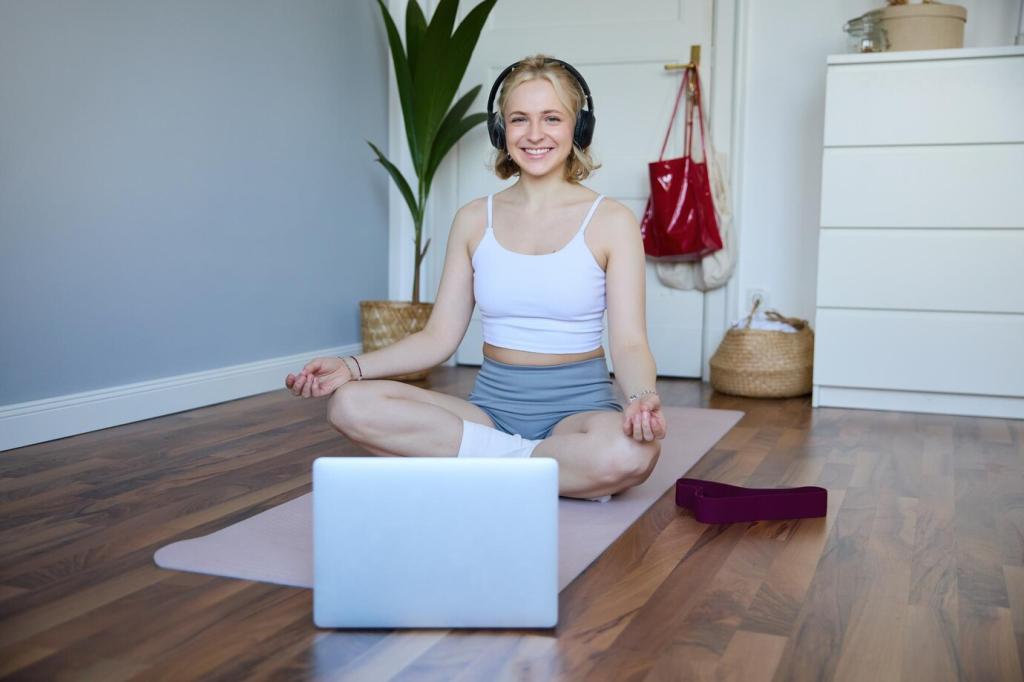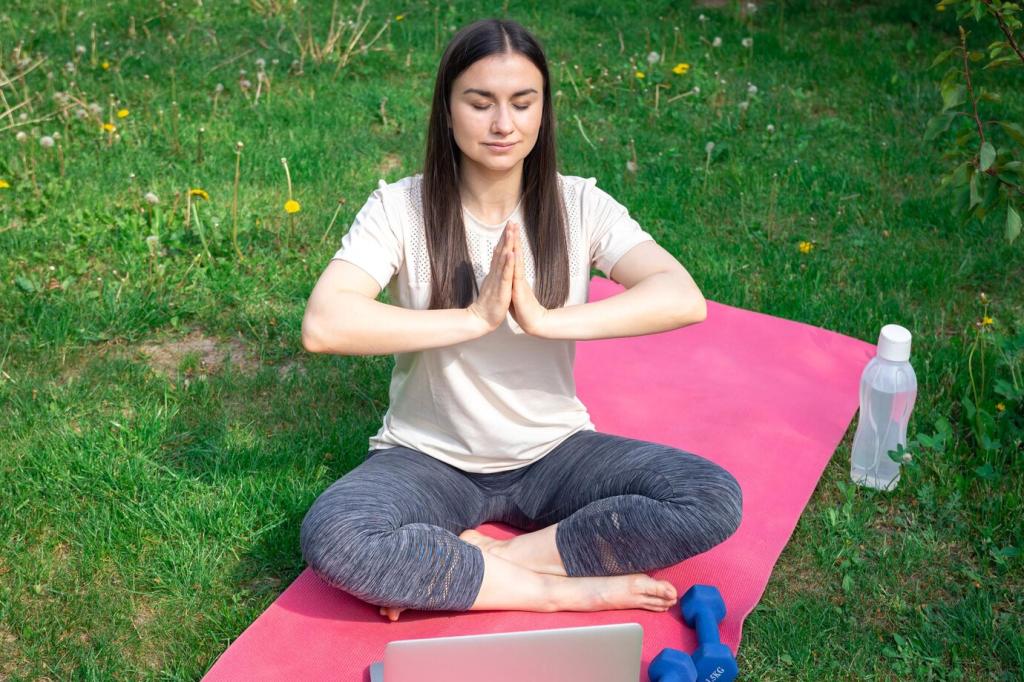Foundations of Mindful Walking
Let your crown lift as if a string gently lengthens your spine, soften your shoulders, and keep your chin level. A relaxed jaw and neutral pelvis prevent strain, turning posture into an invitation for presence. Share your first posture cue in the comments.
Foundations of Mindful Walking
Match your steps to your breath—perhaps three steps in, four steps out—to steady your nervous system. Treat each exhale as a soft reset. If you lose count, smile and begin again. Tell us which count feels natural for you.








